knockout rose problem
lowellches
9 years ago
Related Stories
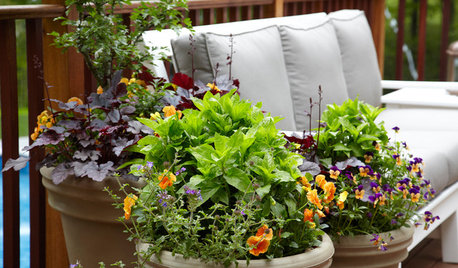
FLOWERS8 Knockout Flowers for a Fall Container Garden
Your cups will overfloweth with color and interest this fall when you plant these vivid seasonal garden classics
Full Story
KITCHEN DESIGN12 Ideas for a Knockout Kitchen
Give your cooking space sizzle with color, pattern and materials used in unexpected ways
Full Story
KITCHEN DESIGNMix and Match Kitchen Materials for a Knockout Design
Give your kitchen unexpected flavor by combining wood, stone, glass and more. Here’s how to get the mix right
Full Story
LIVING ROOMSWashed Out to Knockout — See a Smart Living Room Makeover
Soaring stonework and nifty custom storage take a spacious living room in Washington from bland to beautiful
Full Story
BATHROOM DESIGN18 Knockout Ideas for Wooden Floor Showers
Look to an often-forgotten material choice for shower floors that radiate beauty in almost any style bathroom
Full Story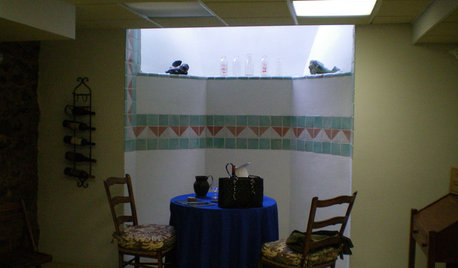
BASEMENTSBasement of the Week: High-End Problem Solving for a Show House
Dark and dated? Naturally. But this '70s-style basement had myriad other design issues too. See how the designer rose to the challenge
Full Story
REMODELING GUIDESThe Hidden Problems in Old Houses
Before snatching up an old home, get to know what you’re in for by understanding the potential horrors that lurk below the surface
Full Story
GARDENING GUIDESGreat Design Plant: Knock Out Roses
As glorious as their high-maintenance kin for a fraction of the work, Knock Out roses make even beginners look like garden stars
Full Story
GARDENING GUIDESWhat Kind of Roses Should You Grow?
Want to add the beauty of roses to your garden? Find out which ones, from old-fashioned to modern, are right for you
Full Story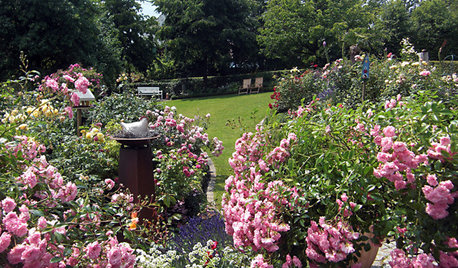
GARDENING GUIDES5 Sweet to Spirited Pink Roses for an Enchanting Garden
Whether you go demure or daring, there's a pink rose here to make you flush with garden pride
Full StorySponsored
Custom Craftsmanship & Construction Solutions in Franklin County
More Discussions






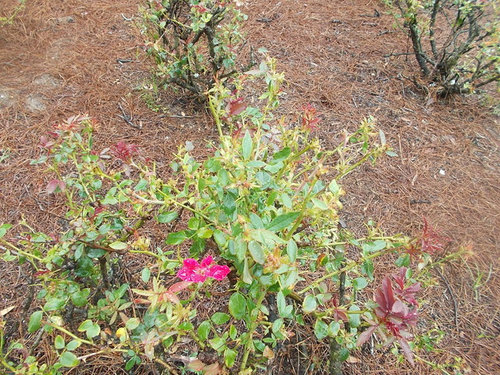



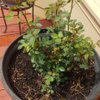
michaelg
User
Related Professionals
Leawood Landscape Architects & Landscape Designers · Manorville Landscape Architects & Landscape Designers · Panama City Landscape Architects & Landscape Designers · Rancho Cordova Landscape Architects & Landscape Designers · Buford Landscape Contractors · Apollo Beach Landscape Contractors · Flagstaff Landscape Contractors · Fort Payne Landscape Contractors · Framingham Landscape Contractors · Miller Place Landscape Contractors · Northbridge Landscape Contractors · Pahrump Landscape Contractors · The Villages Landscape Contractors · Weslaco Landscape Contractors · Tyngsboro Landscape ContractorslowellchesOriginal Author
michaelg
dublinbay z6 (KS)
rosaholicme
lowellchesOriginal Author
sandandsun
sandandsun
dublinbay z6 (KS)
luis_pr
michaelg